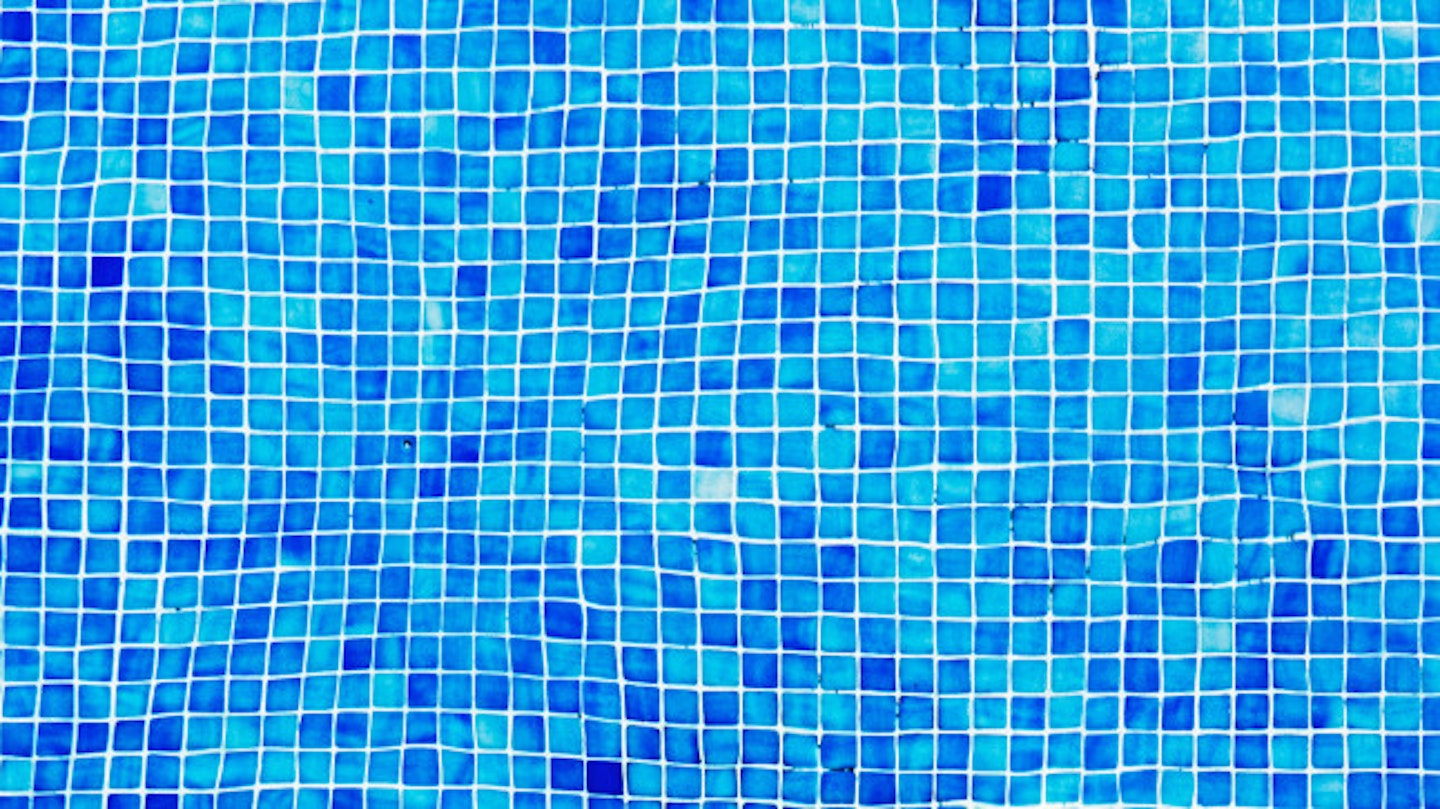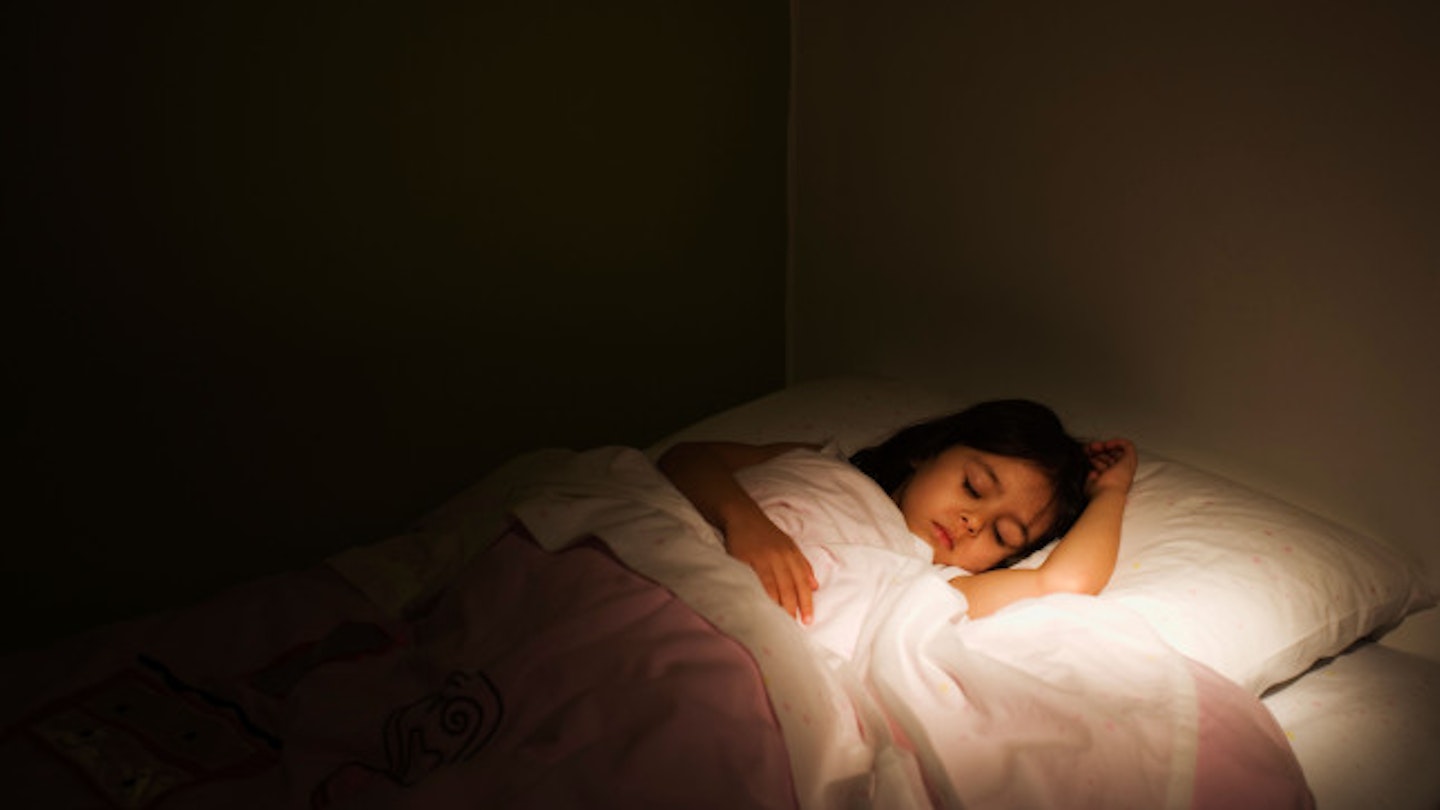Drowning on dry land can occur up to 48 hours after a person is rescued, and in some cases there are no obvious signs of distress while in swimming - or afterwards.
"While rare, it is really scary because the symptoms can be delayed," Dr. Mark Zonfrillo from the Department of Emergency Medicine at the Children's Hospital of Philadelphia, told GoodHousekeeping.com
In 2008 10-year-old Johny Jackson spent an afternoon swimming in a pool with his friends, before taking a nap an hour later.
Sadly he never woke up- the coroner recorded a verdict of 'dry drowning'.
According to Dr. Richard Capito of Ashton Medical in Charleston, dry drowning occurs when a child takes in some water either through the nose or mouth which causes "laryngospasm". This is a spasm in the airway which causes partial blocking whilst breathing in, while breathing out remains easier.

Also related to 'dry drowning', is 'secondary drowning'.
In secondary drowning, a little bit of water gets into the lungs and causes inflammation which can cause the lungs to fill up with fluid because of irritation.
Sarah Denny, M.D. a member of the American Academy of Pediatrics' Council on Injury, Violence & Poison Prevention, gave parents.com the top warning signs:
*If you require medical advice please contact your GP, your local NHSWalk In or Urgent Care Centre or call 111. For emergency medical attention, please dial 999 or attend your local accident and emergency department if you are able to do so.
*Stock images used throughout
